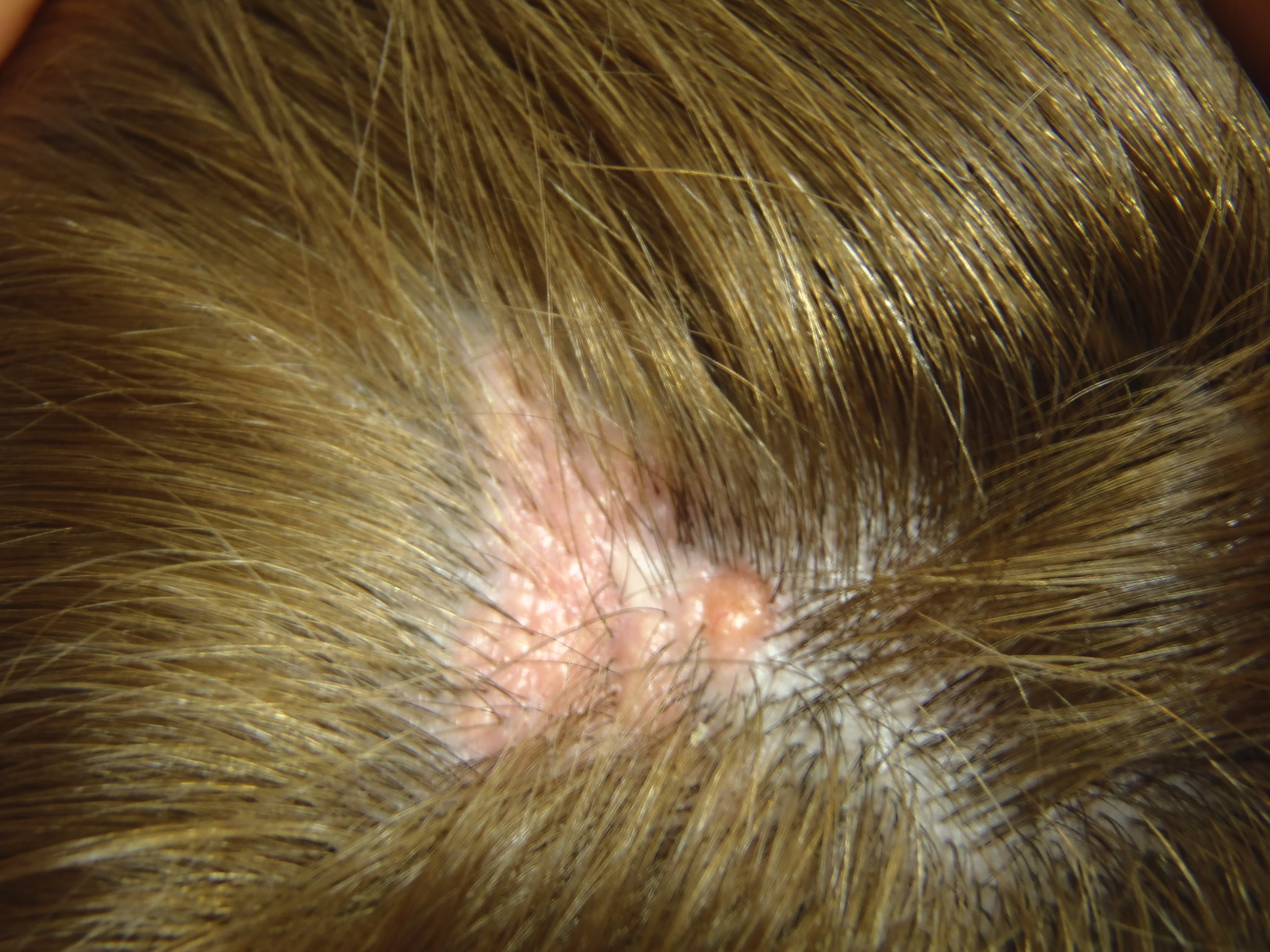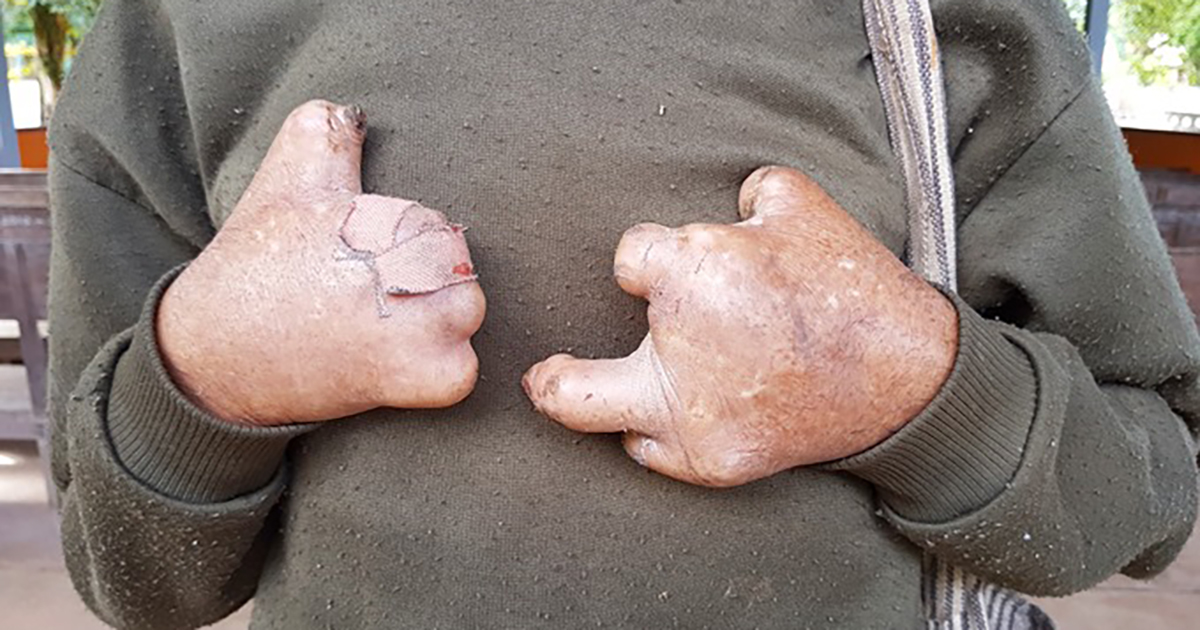Scariest Rare Diseases In The World
Polyglandular Addison's Disease

Polyglandular Addison's disease includes autoimmune adrenal insufficiency, autoimmune hypothyroidism, and type 1 diabetes mellitus. Adrenal insufficiency means the body is not producing enough of two hormones: cortisol and aldosterone. All of these syndromes together take on the name Schmidt syndrome or polyglandular autoimmune syndrome type II. This disease produces overwhelming fatigue, hypoglycemia, weight loss, and changes in the pigment of skin and gums. Patients may also experience dizziness, nausea, vomiting, and salt cravings. This disease often occurs in family clusters and is more deadly in young patients, though with proper treatment, polyglandular Addison’s disease can be managed. When the disease comes on suddenly, it can result in acute adrenal failure.
Continue reading to reveal the truth about leprosy.
Leprosy

Leprosy, a bacterial infection, affects the nerves and skin. Today, it is known as Hansen’s disease. The disease is disfiguring, causing a great deal of fear, and has a long history in human populations, with strict controls placed on patients in historical times. In historical times, the vast majority of individuals feared leprosy was far more contagious than it actually is. This disease is caused by Mycobacterium leprae, a slow-growing bacteria, and produces severe skin lesions and sores as well as nerve damage. Fortunately, this disease can be cured with modern antibiotics. Today, leprosy does not have to be a life sentence.
Continue reading to learn about a rare and terrifying genetic disorder affecting newborn babies next.
